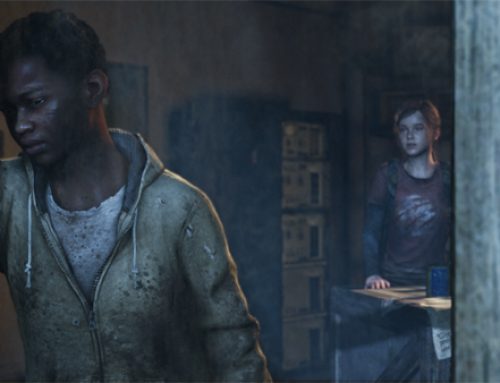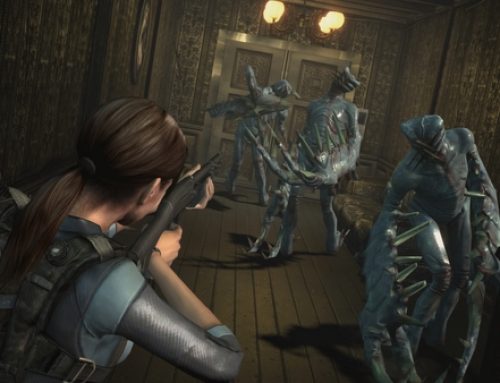Before trying to figure out if “Dungeon Siege III” is for you, it’s important to understand what you’re getting for your money.
“Dungeon Siege III” (rated T, $60 on Xbox 360 or PlayStation 3, $50 on PC) isn’t an epic, single-player dungeon crawl with a well-penned story, great voice acting and memorable characters. The whole thing took me 15 hours to complete, and while the mid- and late-game story are considerably better than what you get at the start, “DS3” is never going to top any role-playing game fan’s list of favorite titles.
Instead, “Dungeon Siege III” places its emphasis on its cooperative play, which lets two players on the same couch hack their way through levels teeming with monsters. Online, you can play with up to three other people, with each player controlling one of the game’s four main characters.
Each character is connected to the 10th Legion, a once mighty band of warriors who used to protect the kingdom of Ehb. But the legion has fallen into disfavor and has been all but wiped out by Jeyne Kassynder, a rampaging warlord who blames them for the death of Ehb’s king. At the game’s outset, the characters, all young legionnaires, are working under the guidance of Odo, a former legion spy. In a typically boilerplate fantasy story, which was executed much better in “Dragon Age: Origins,” players must travel the land seeking alliances before trying to take down Jeyne.
To accomplish that goal, players are cast as one of four characters, each with his or her own ties to the legion. Playing through the game solo, I was Anjali. A member of a mythical race of humanoid creatures called archons, she was raised by Odo after he found her in the woods as an infant. Besides Anjali, there’s sword-and-shield guy Lucas, gun-toting Katarina and spell-slinging Reinhart, who uses lightning-based magic and area-effect abilities that weaken enemies. When experiencing this story solo, you choose one of the three characters you’re not using as a companion.
[gametrailers 713115]
The lead character generally serves as the party’s voice, a point that’s worth noting if you play as Anjali. I don’t know what was going on with Amanda Philipson’s voice work in “Dungeon Siege III.” She was perfectly capable as a female Noble Six in last year’s “Halo: Reach.” In “DS3,” though, her performance is painfully flat, making Anjali sound, as one friend put it, more like a GPS unit than a living, breathing character.
Though “Dungeon Siege III’s” plot won’t win any awards, it contains a handful of surprising flourishes. I was impressed with the way the mid- and late-game story seemed tailored to Anjali. Upon finishing the game, I was immediately curious as to how the plot would play out if I’d finished the game as Reinhart, Katarina or Lucas. Another highlight was Stonebridge, a tolerant city state in which goblins and humans live side-by-side, served by giant, clockwork automatons.
Still, “DS3” is primarily a game about killing dudes and looting. Each character has two different battle stances, which you can toggle between at will. Anjali, for example, can switch between human form, adept at acrobatic, close-quarters fighting, or elemental form, a sort of floating goddess with flames for hair. This elemental form can sling fireballs from afar and summon a flaming jackal that attacks enemies for a short time. Getting a feel for each mode’s advantages is the key to mastering combat.
Like any hack-and-slash role-playing game worth its salt, “Dungeon Siege III” features a copious amount of loot. Treasure chests, weapons racks and vanquished enemies disgorge lots of gold and all manner of spectacularly named weapons and armor. The items, with names like “Fierce Blouse” and “Pants of Rage,” are a terrific source of comedy. Because the game’s four characters outfit themselves with unique types of gear, there’s no fighting over who gets the cool sword named Foecleaver.
Online, “Dungeon Siege III” comes with limitations some players might find frustrating. Whoever is hosting the game serves as the lead character. Everyone levels up together and all the characters’ abilities and equipment are shared. When you join someone else’s game, play for three hours and leave, none of the items or experience you earn are carried back over to your game.
It’s obvious developer Obsidian Entertainment did this to keep the game balanced, so that you can’t bring an over-powered late-game sword into your game and use it to fight the earliest, low-level enemies. This limitation didn’t really bother me much, since I always knew I was going to play through the game once on my own before hooking up with my friends for online play.
More frustrating was the limitation on exploration. Online, all four characters are tethered together in a level, preventing anyone from wandering off and exploring. If you have that friend who’s fond of exploring every little nook and cranny for powerups, ammo and loot, this tethering feature might just strain your relationship. In an era in which games like “Borderlands” let online gamers play autonomously in huge areas, this tethering can make “Dungeon Siege III” at times feel like a relic from 2004. It also gets a little frustrating in some of the game’s boss fights. If three characters try to evade an attack by running to the left while the fourth runs to the right, that one character can find themselves hemmed in by the edge of a TV screen.
Paying the full $60 for “Dungeon Siege III” without being willing to deal with these limitations is a nonstarter, but the game is already starting to sell for $40 at some retailers. At lower prices, it’s bound to be intriguing for fans of hack-and-slash dungeon crawls like “Diablo” and “Baldur’s Gate.”
Follow Eric Wittmershaus on Twitter and join the GameWit blog group on Facebook.




